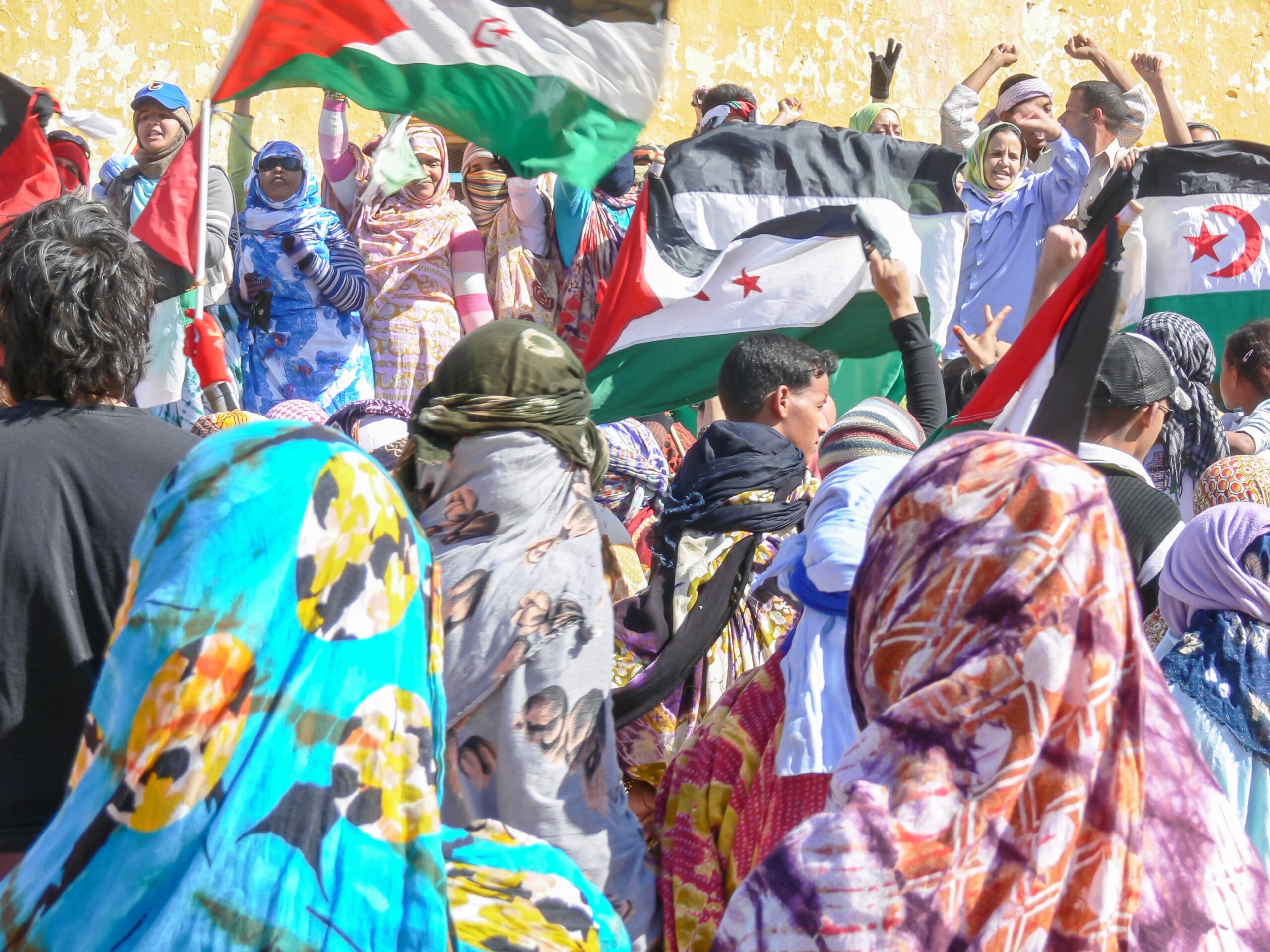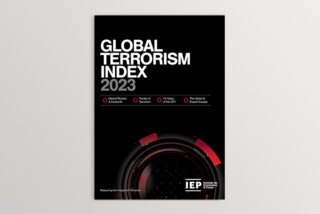Implemented under the framework of the CEPOL CT INFLOW project and with the objective to promote cross-regional cooperation and enhance information exchange, the EU-MENA Information Sharing and Analysis Network (EMISA) provides a platform for counter-terrorism experts of the European Union and partner countries (Algeria, Jordan, Lebanon, Morocco, Tunisia), to discuss emerging threats and provide joint responses to changing trends and phenomena.
During its expert meeting on 20-21 December, discussions among the EMISA members addressed various central points on the different regional approaches to terrorist threats, particularly considering current affairs, where visible qualitative shifts can be seen both in terms of terrorism development and performance. The most pertinent conclusions have been summarized in this report.
The first point concerns the legal framework used by countries when dealing the foreign terrorist fighters and returnees.
Dividing the subject into three main parts: legislation, border crossing and information exchange; the EMISA developed a comparative analysis on the frameworks applied by 7 countries (Belgium, Croatia, Greece, Lebanon, Morocco, Spain and Tunisia). The work was based on a survey to experts from the relevant countries.
The primary results obtained are as follows:
Experts discussed also the use of Kunya by terrorist individuals or terrorist organizations. The Kunya is regularly used to refer to, or identify a person’s parents based on their children’s names, and is a practice common to other cultures called teknonymy.
This practice has been adopted and used by a broad spectrum of people involved in what can be categorised as clandestine fighter groups, guerrillas, or even active terrorists in Islamic countries.
In short, a kunya is divided into three parts: the first part identifies the person as the father of his firstborn son, or his own father if he has no children; the second part refers to their place of origin (country, region or city); and the third part identifies the name of the tribe to which the person belongs.
However, the EMISA findings have shown that the kunya used by jihadists does not usually follow this structure and tends to be simpler and more imaginative. Sometimes, these names are linked to the geographical area in which the individual is active, even if they do not belong to that specific area.
In order to identify kunya used by jihadi terrorists, the network used information from open sources, publications press releases from terrorist organisations, and academic papers, as well as information provided by the working group members.
A total of 396 kunya have been identified, of which 288 (73%) can be linked to their geographic origins, ethnicity, tribe, family or another kind of origin. These connections were not identified in the other 108 cases (27%).
Most of the kunya identified refer, with greater or lesser precision, to the geographic region of origin or are related in some way to the terrorist fighter.
In terms of continents, within Europe, 35 kunyas linked to 22 countries have been identified, along with one kunya, URUBI/ URUPPI, referring to the European continent as a whole.
An analysis of distribution by country reveals that the majority of the kunya used by fighters originate from Western European countries, Nordic Countries and the Balkans.

Concerning discussions on the socio-psychological profiles of the new generation of foreign fighters, the network relied on an approach that combines the analysis psychological features of terrorism through three trends:
As for individuals, clinical research has shown that disorders are often linked to social bonding and emotional disorders, rather than to any cognitive disorders.
The debate was not limited to the analysis of the psychological dynamics among violent extremists but extended also to comparisons related to educational levels, economic and social affiliation within two generations: a generation affiliated with Al-Qaeda, and a generation affiliated in theory to ISIS. In summary, the rate of the non-educated members saw an increase, from 7% in the first generation to 19% in the second generation, while the category of those with intermediate education stabilized at approximately the same rate (50-60%) among both al-Qaeda and ISIS affiliates. On the other hand, the rate of university graduates declined from 22% among Al-Qaeda affiliates to 11% percent among ISIS affiliates.
The EMISA focused on four active terrorist groups today in Niger: EIS, GSIM, EIAO, and Boko Haram. Their modus operandi is based on armed struggle, including the threat, assassination, intimidation, kidnapping and use of physical violence against the local and foreign populations, and the targeting of key infrastructure. The ultimate objective of these organizations is the destabilization and weakening of the State and its institutions.
These terror groups use different methods and sources for obtaining funds, including self-financing (extortion of funds and goods, looting, exploitation of gold sites and other levies on gold miners), while also remaining highly reliant on trade, smuggling, voluntary contributions and subsidies from parent organizations.
The organizations have also developed new strategies in terms of human resources, using inter-community conflicts and social vulnerabilities. The misuse of religious discourse and creation of special relationships with local leaders and economic players are common methods of radicalization and indoctrination.
This threat, which weighs on the areas of operation for these four terrorist organizations, could experience changes coming from the expansion of its activities towards the Gulf of Guinea, as well the increase in the use of unmanned aircrafts to carry out attacks and transport weapons. Also, questions continue to emerge concerning the use of IEDs and the misuse of civil society for financing, recruitment and propaganda.
Any strategy developed to counter these terrorist threats, should focus on diminishing the mobility of terrorists and foreign fighters. This may be achieved by strengthening controls, and improving information exchange, including intelligence on financial aspects. Additionally, the importance of facilitating access to relevant data to appropriate law enforcement cannot be overstated, including setting up of traveler databases.
The panel discussed the main lessons learned on the Moroccan experience in the management of violent extremist inmates. To manage this category, which has been the subject to a number of international and national recommendations, Morocco has adopted since 2016, a policy that favors the accommodation of those inmates in limited specific institutions with appropriate structures, adopting an approach based on three main pillars:
On the other hand, an assessment and classification process has been adopted, allowing the achievement of a number of objectives, the most important of which are:
The Moroccan approach in managing prisoners was keen on preparing security personal, with adequate standards and specifications for security, humanitarian and integration goals. The Moroccan authorities gave priority to staff training, preparation of manuals and directive guides, and exchanges of experiences with international partners.
The EMISA has the specific objective of creating a real global network of experts and practitioners in the fight against terrorism and violent extremism, a first in this field where cooperation tends to be of a bilateral nature.
In particular, the discussions during the meeting were able to effectively map similarities and differences in the various legal systems under study, and thus help in creating consensus on relevant counter terrorism issues, gaps and possibilities for international cooperation. These provided additional knowledge in terms of applicable investigative frameworks and relevant research be it academic or law enforcement related, thus enabling better performance by law enforcement actors, civil society or policy bodies when implementing strategies related to the investigation, prosecution and deradicalisation of foreign terrorist fighters and returnees.
The presentation of best practices and discussion of emerging threats regarding the various topics, remains a valuable tool for practitioners which may take advantage of applicable experience when developing their own national systems, while seeking synergies within the broader geographical region.
While the EMISA is still in its infancy, this type of strategic partnership between EU and MENA countries, intends to contribute to the development of multilateral cooperation initiatives and eventually to the exchange of information in counter-terrorism cases, while ensuring respect for rule of law and fundamental rights.
